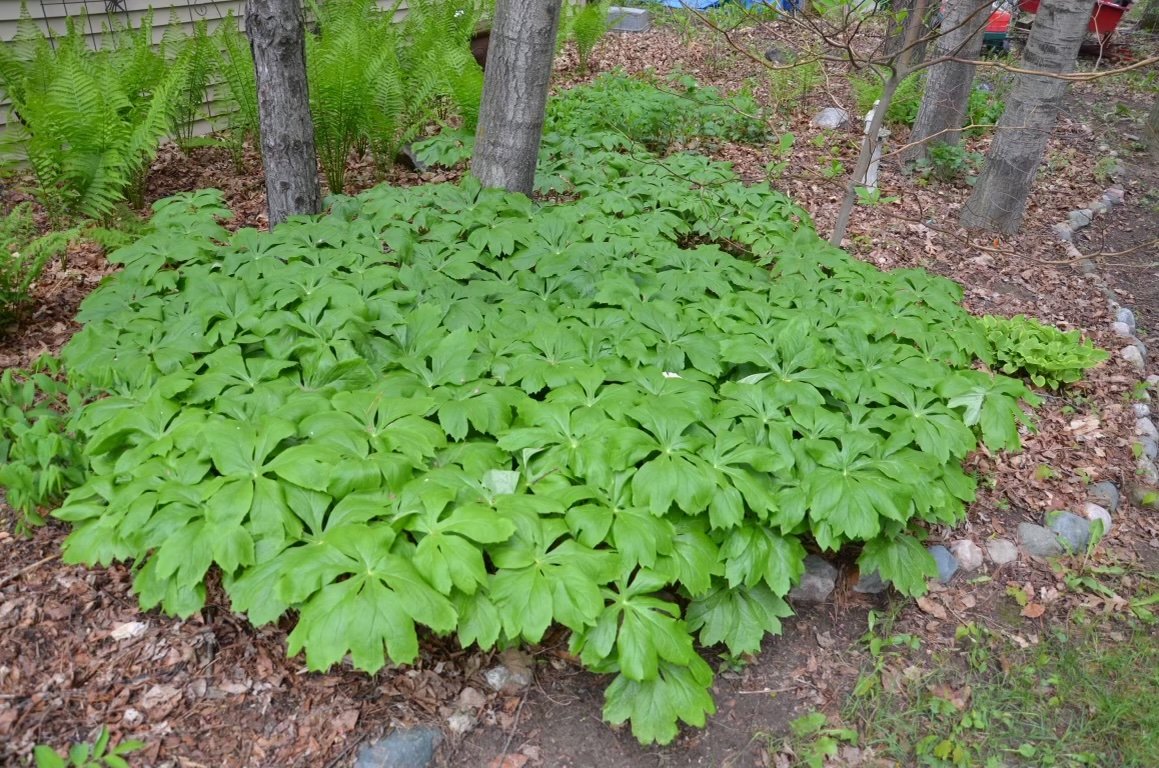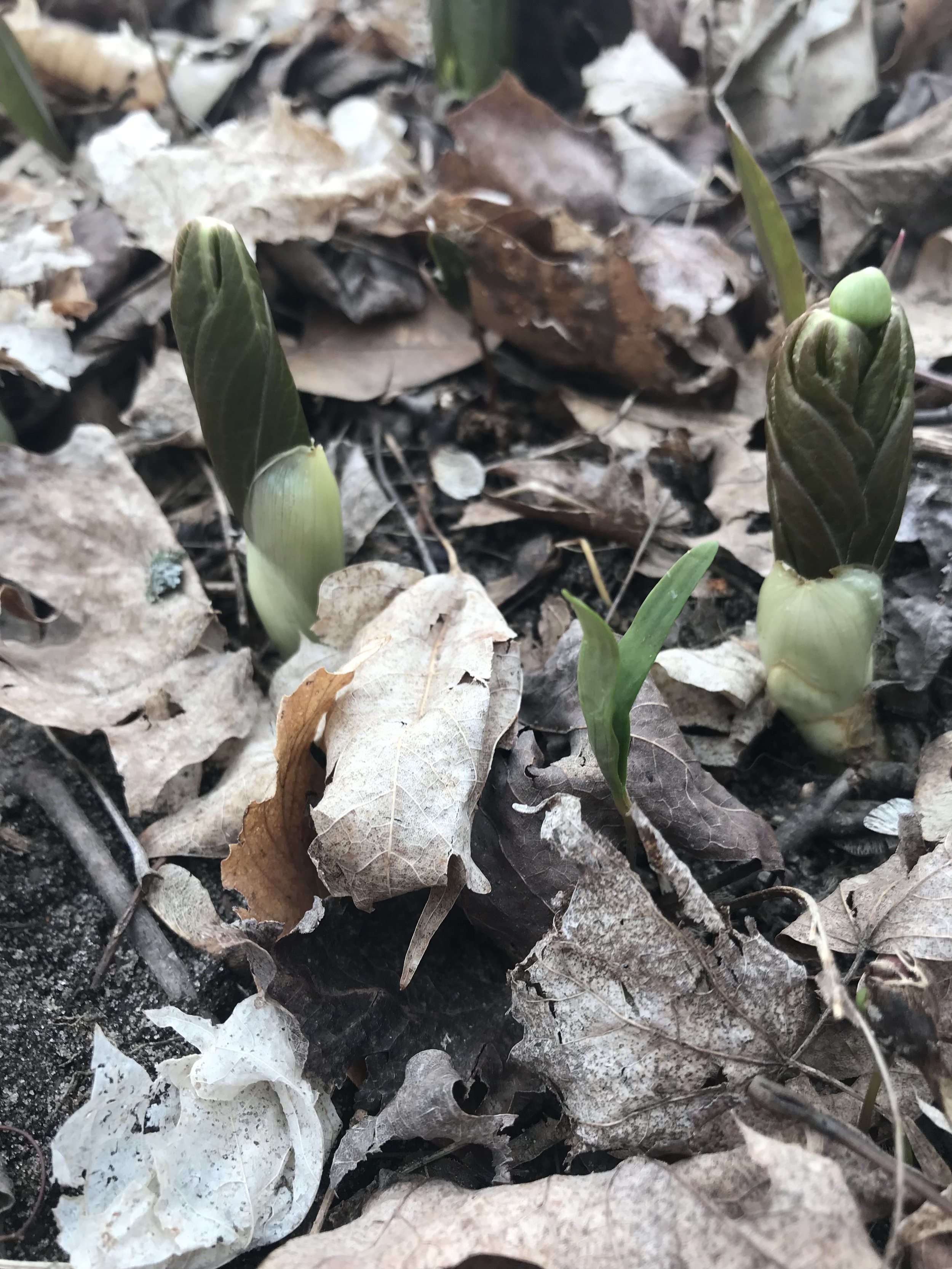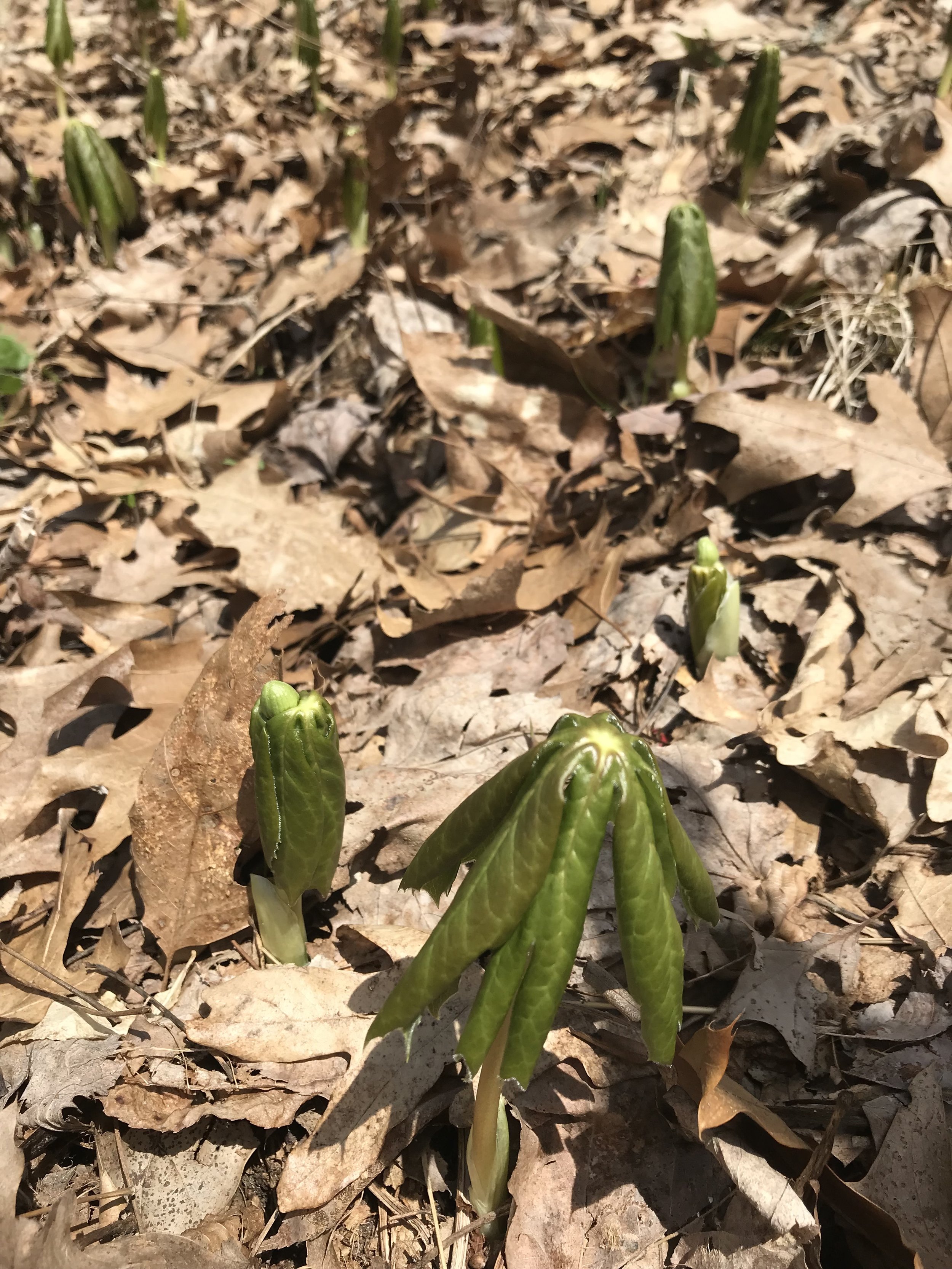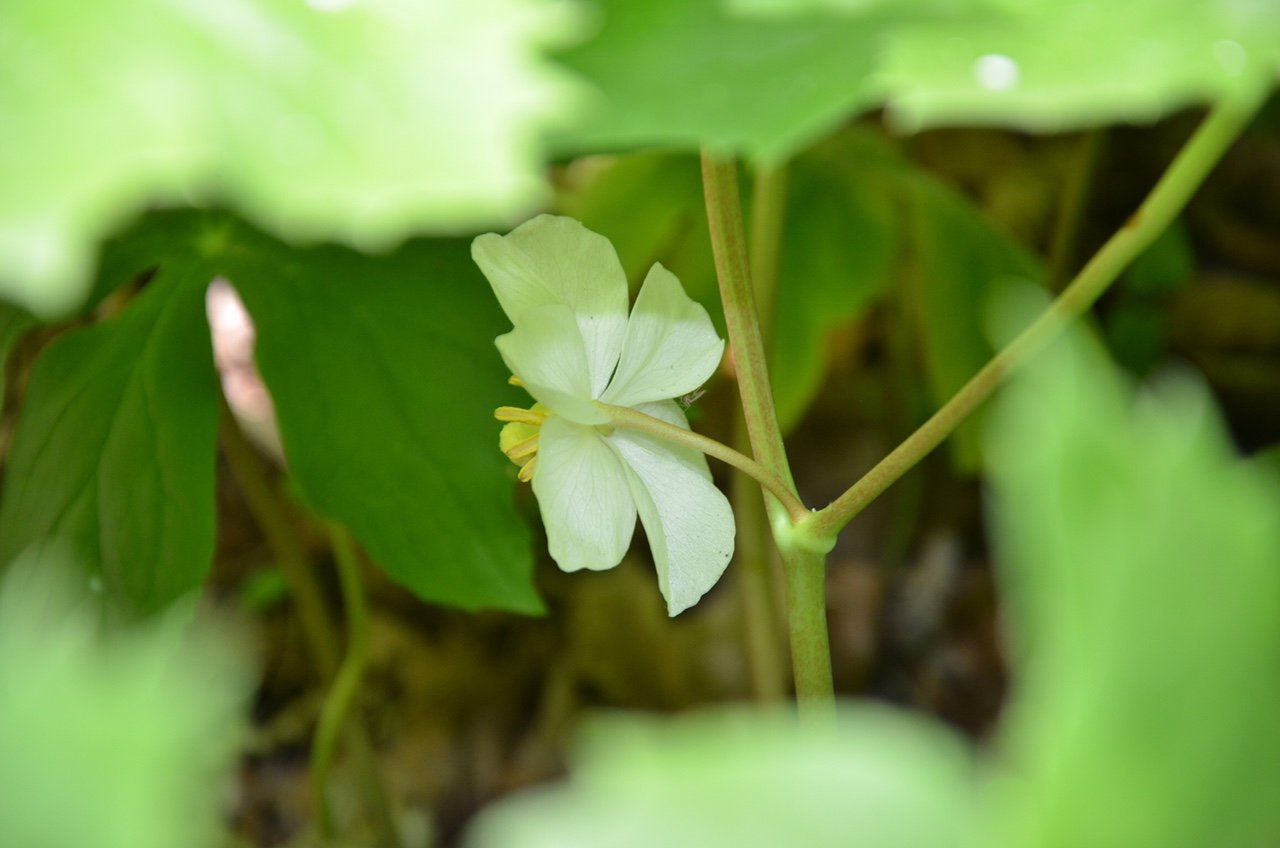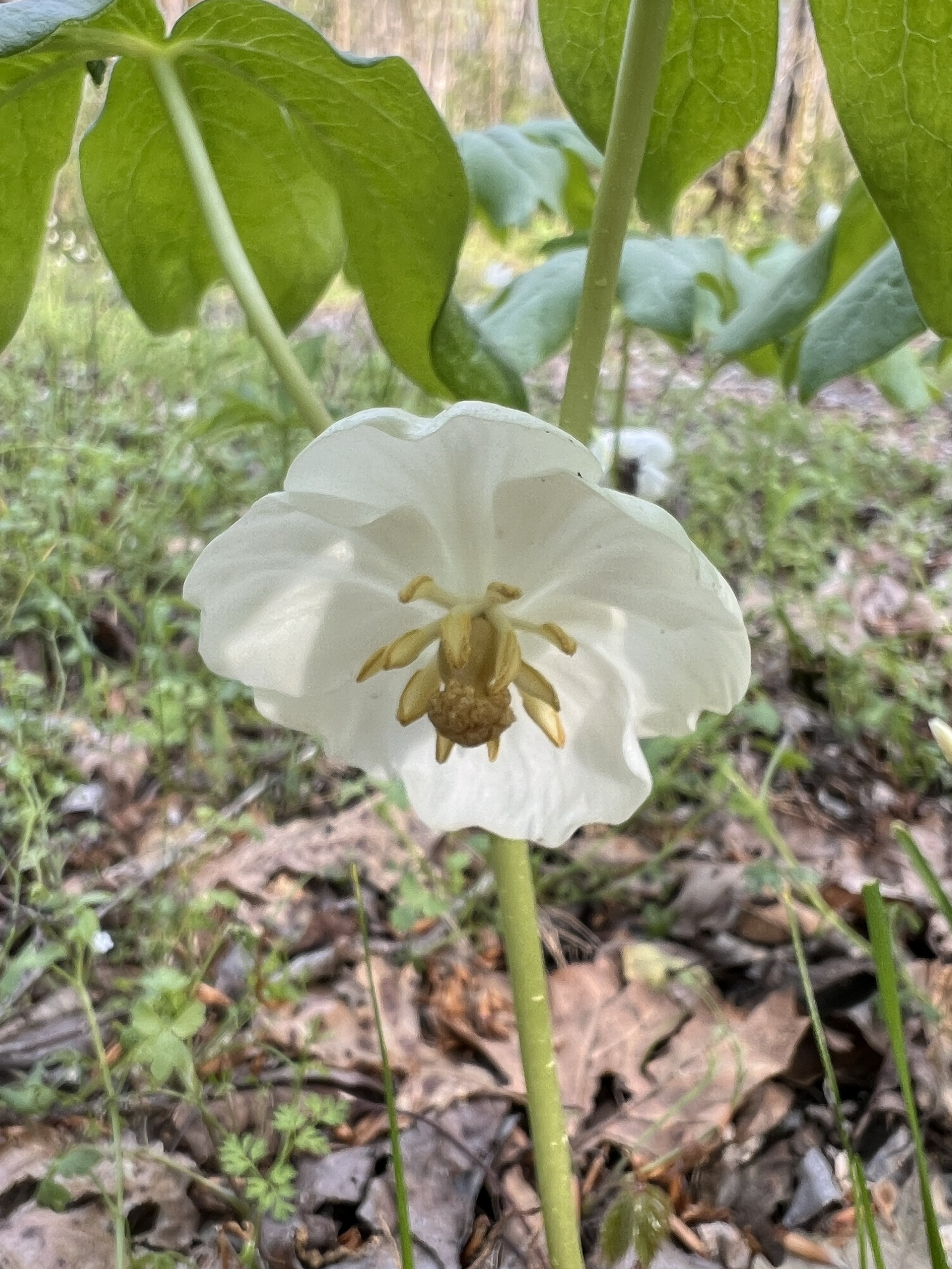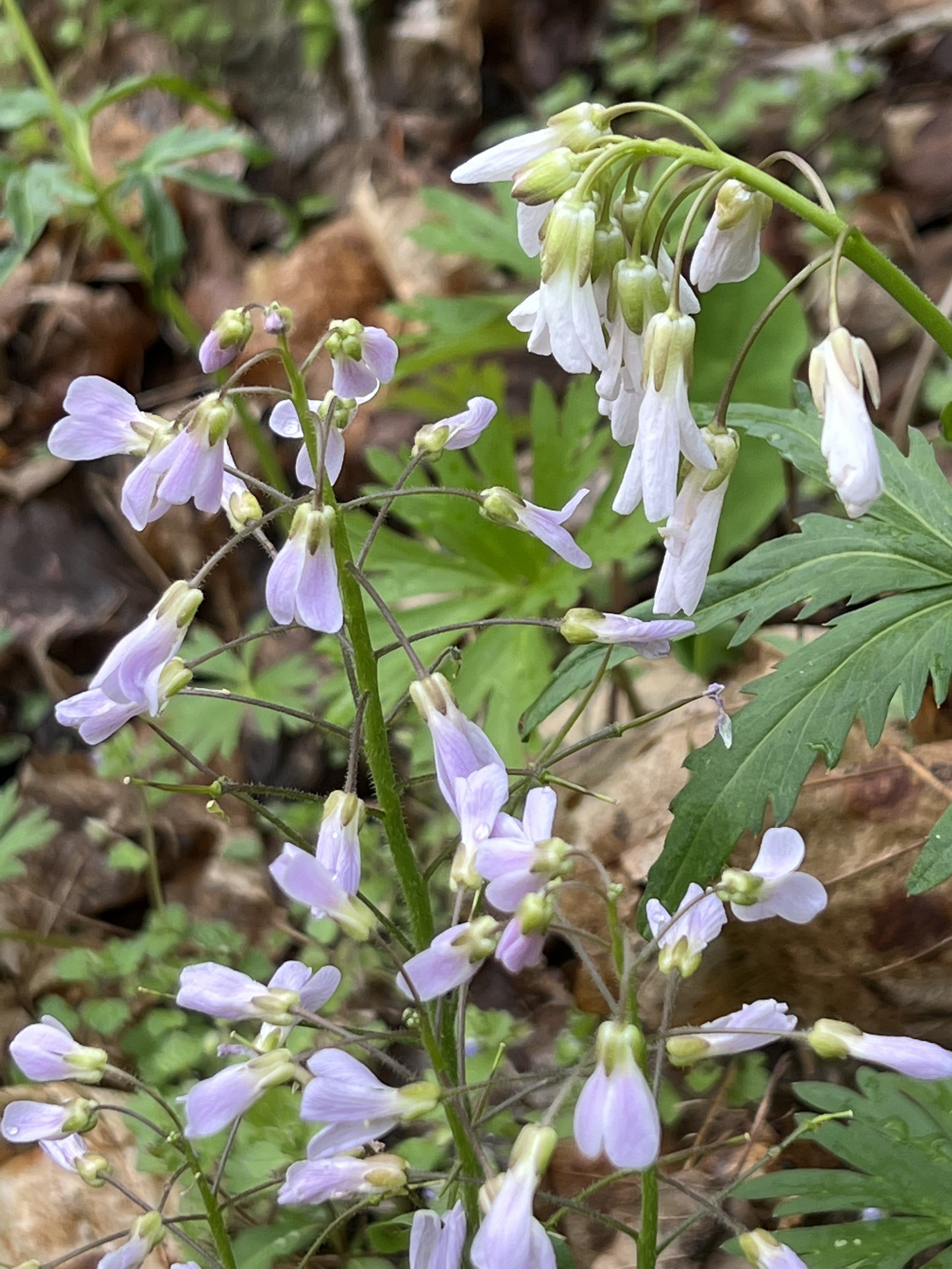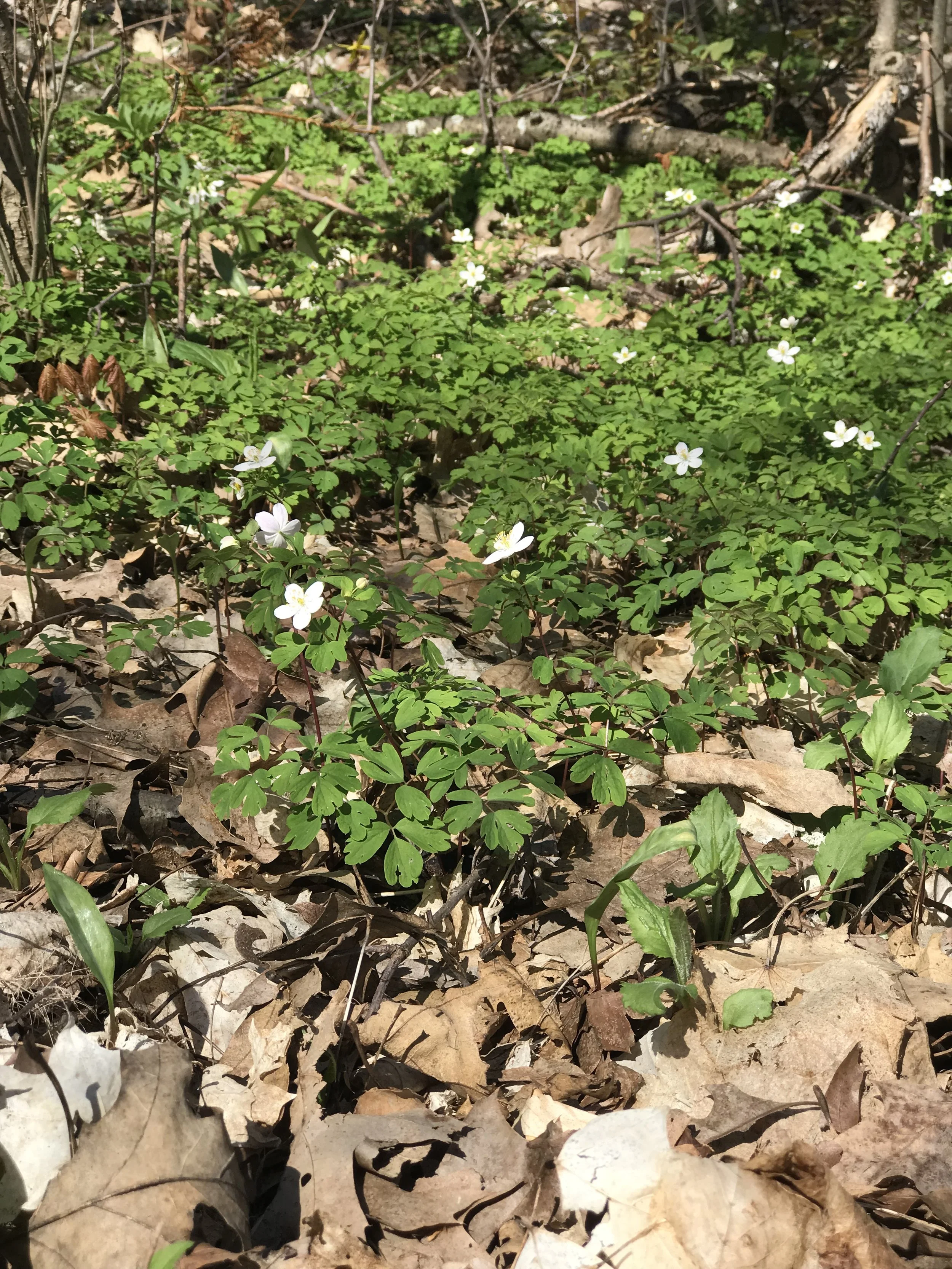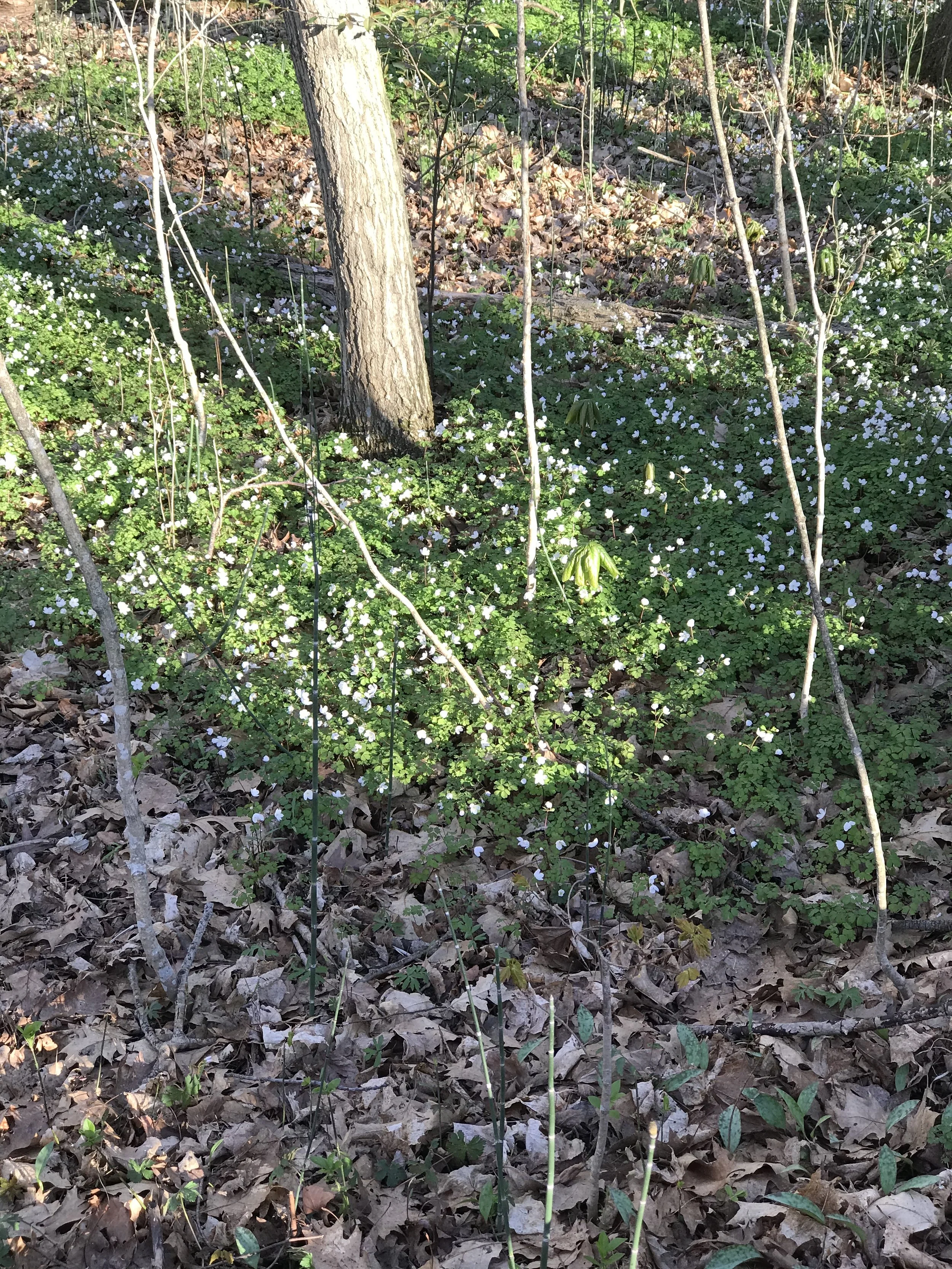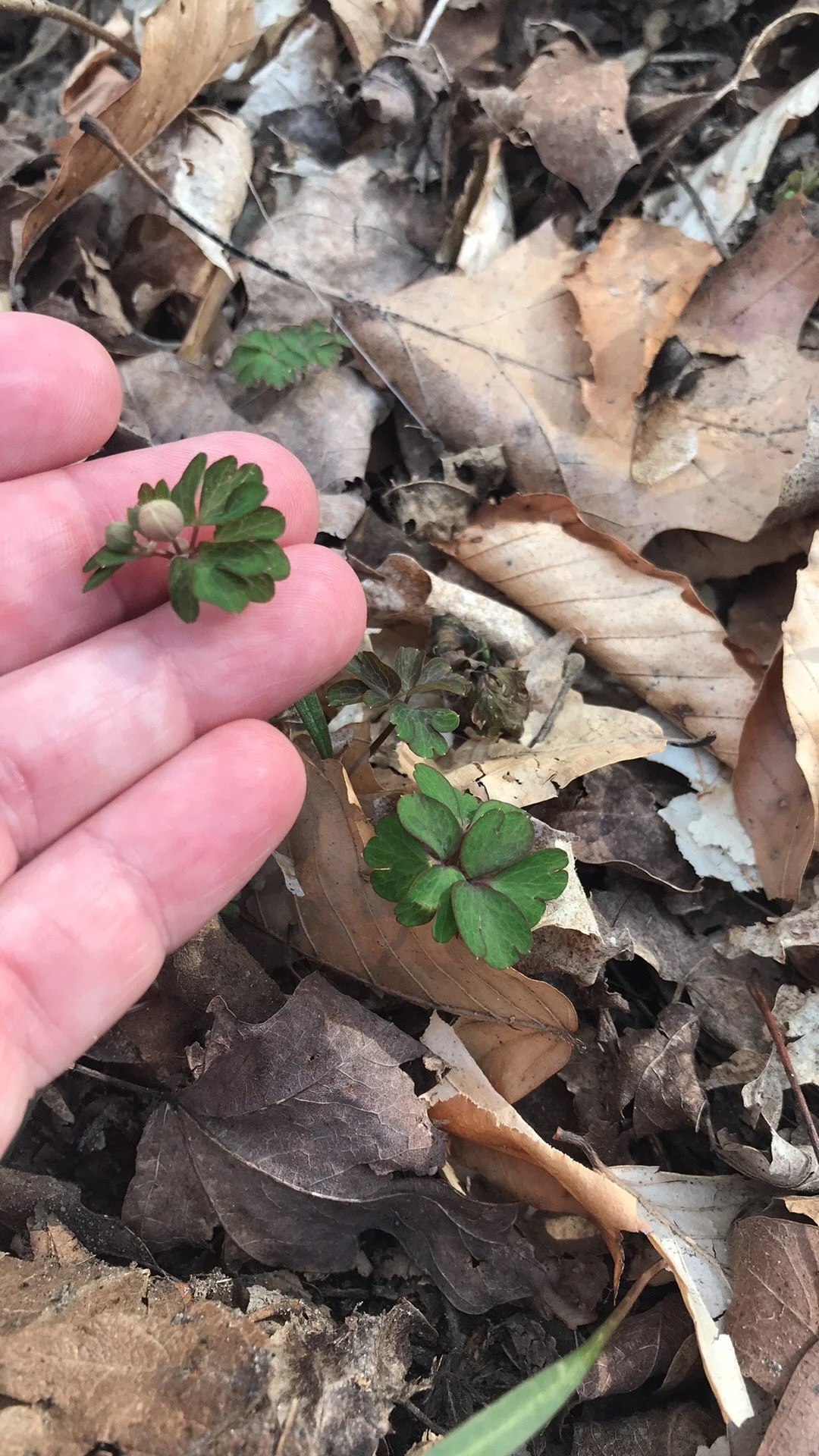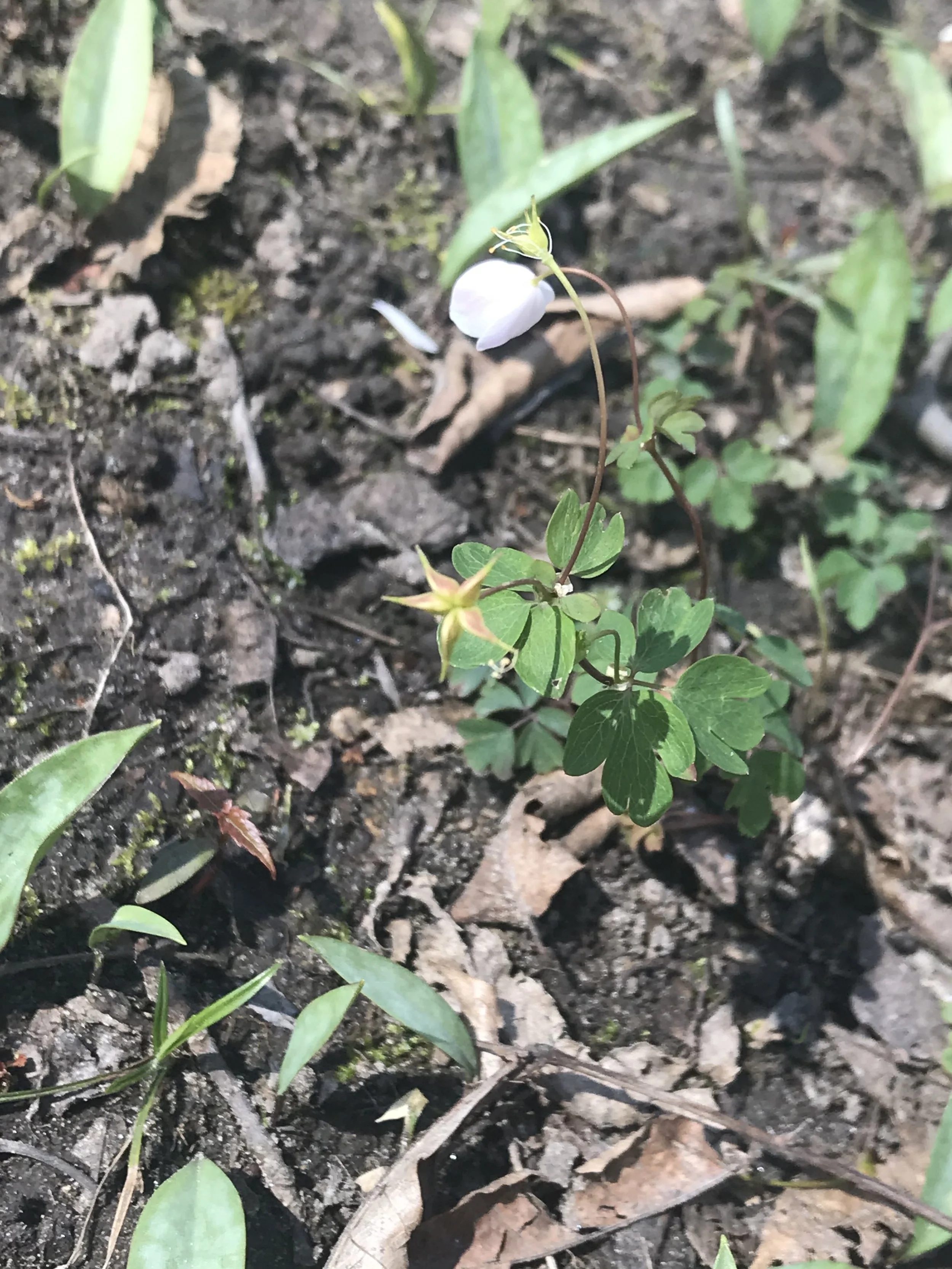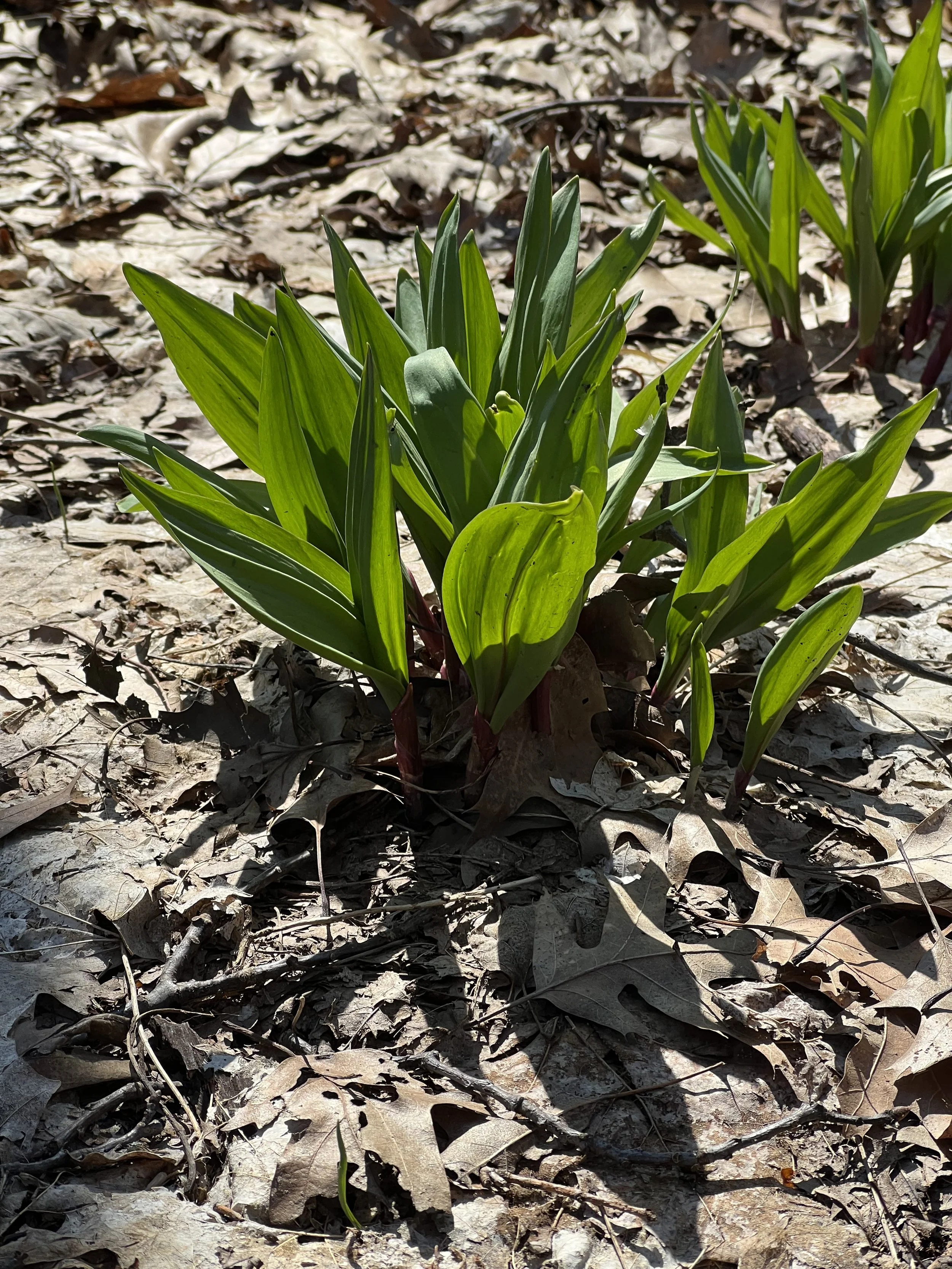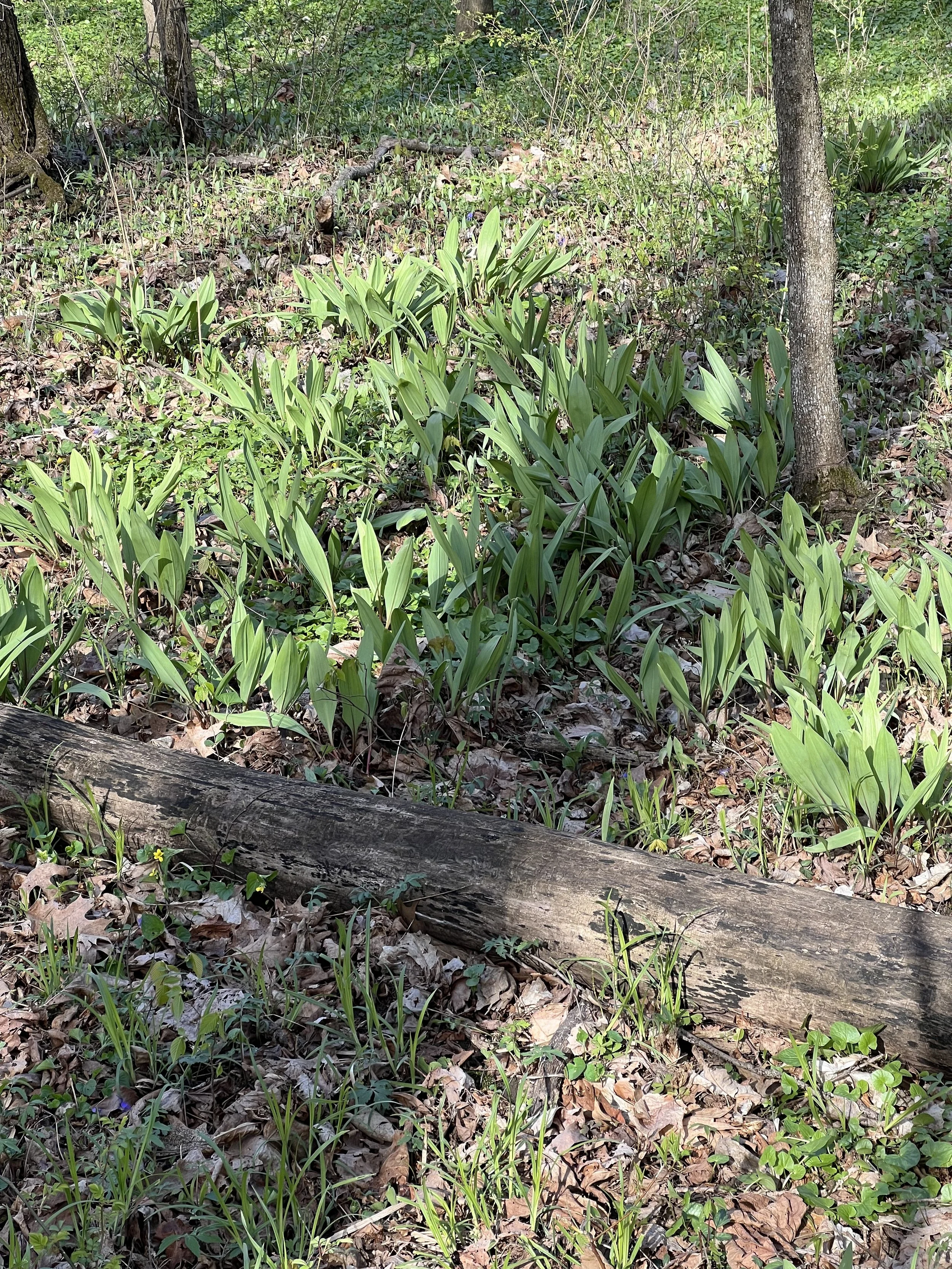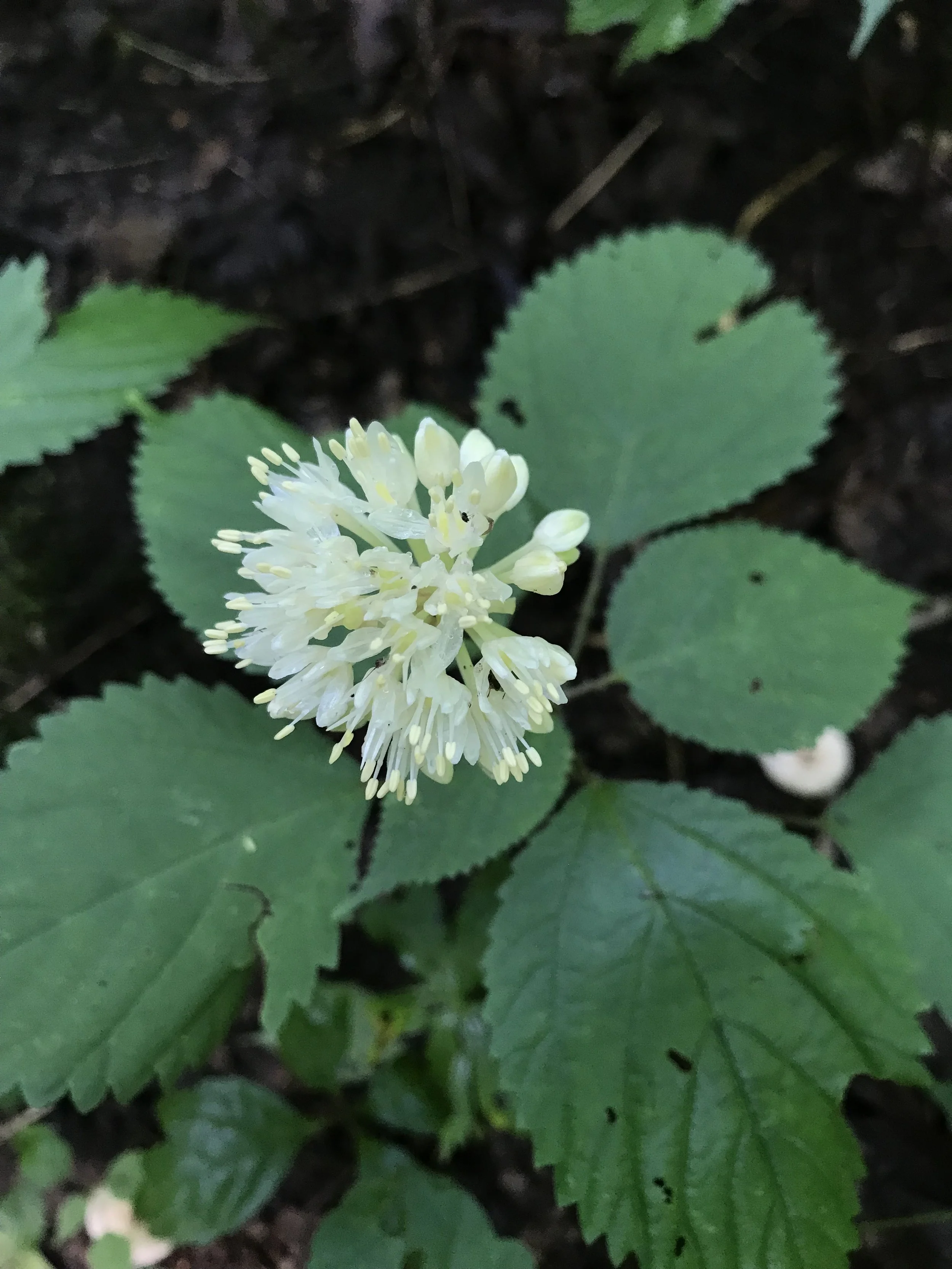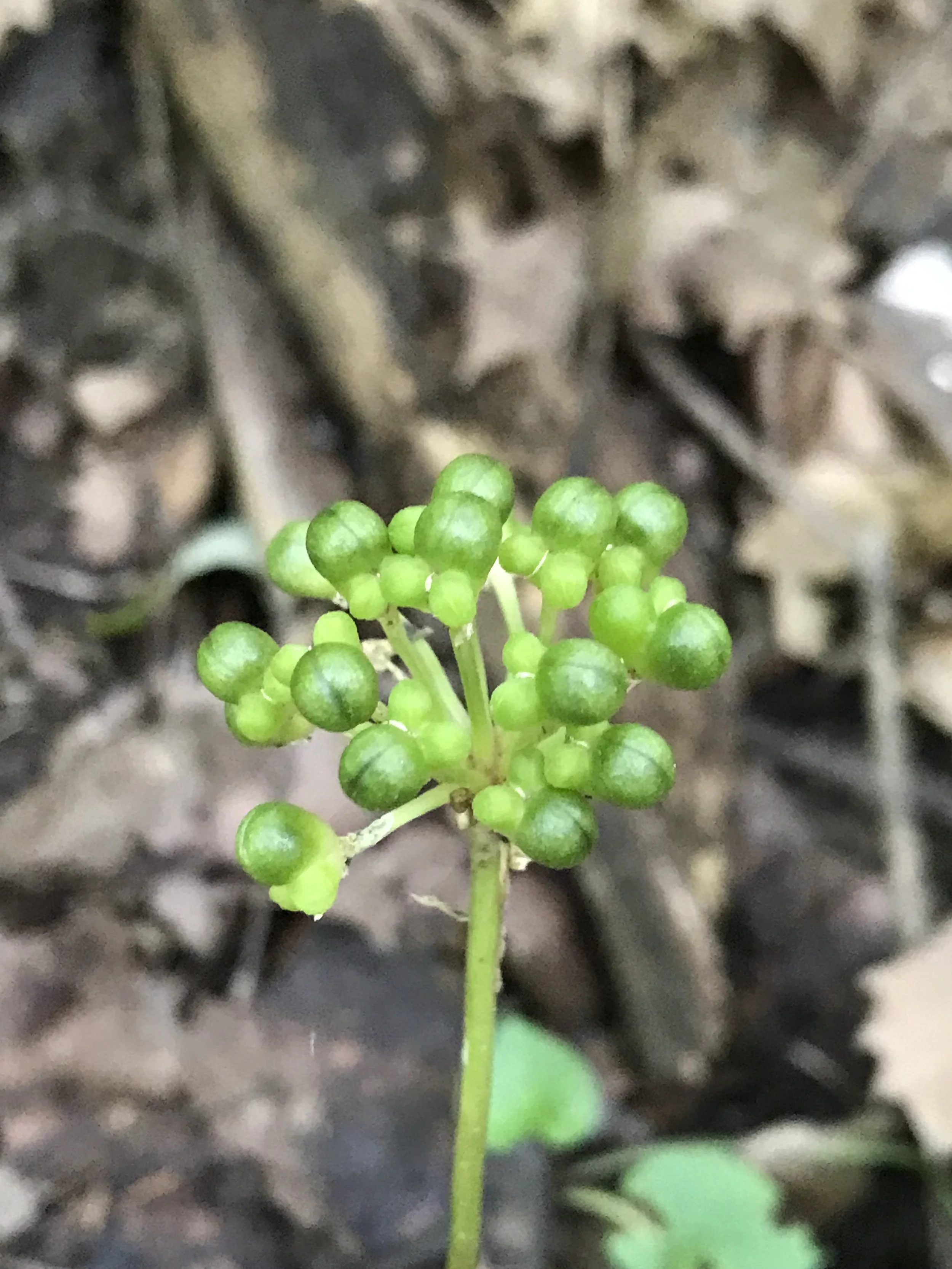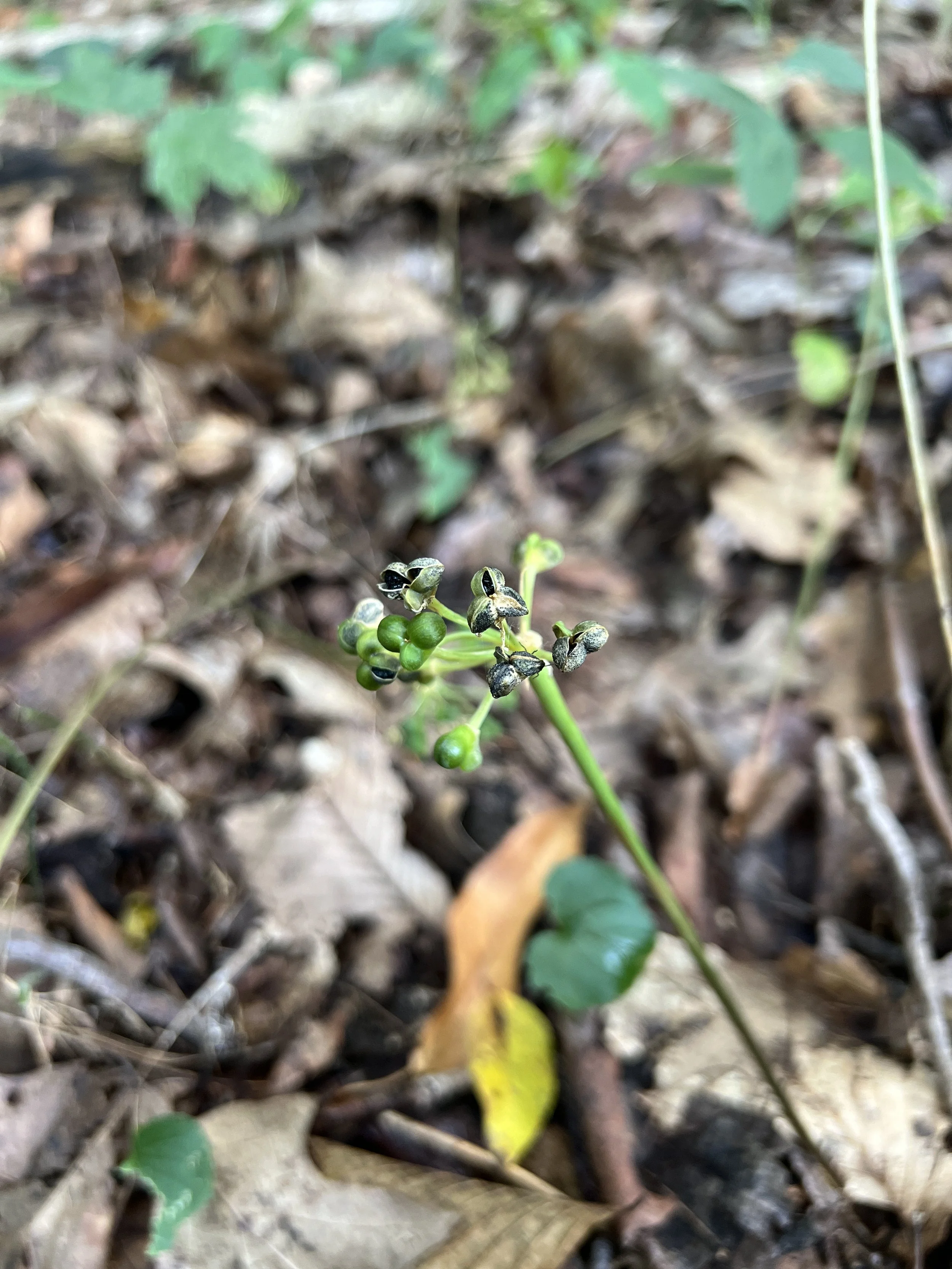 Image 1 of 12
Image 1 of 12

 Image 2 of 12
Image 2 of 12

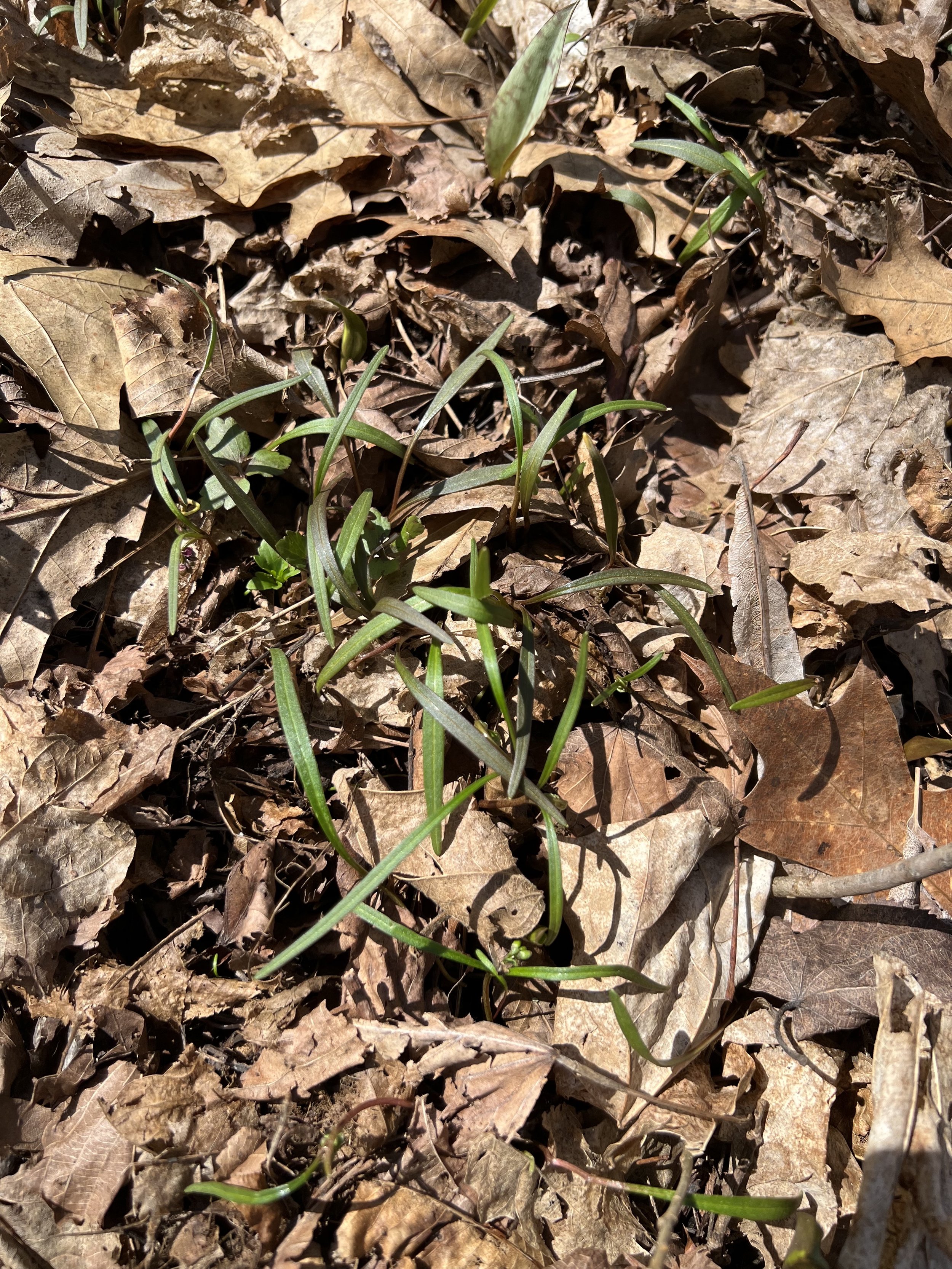 Image 3 of 12
Image 3 of 12

 Image 4 of 12
Image 4 of 12

 Image 5 of 12
Image 5 of 12

 Image 6 of 12
Image 6 of 12

 Image 7 of 12
Image 7 of 12

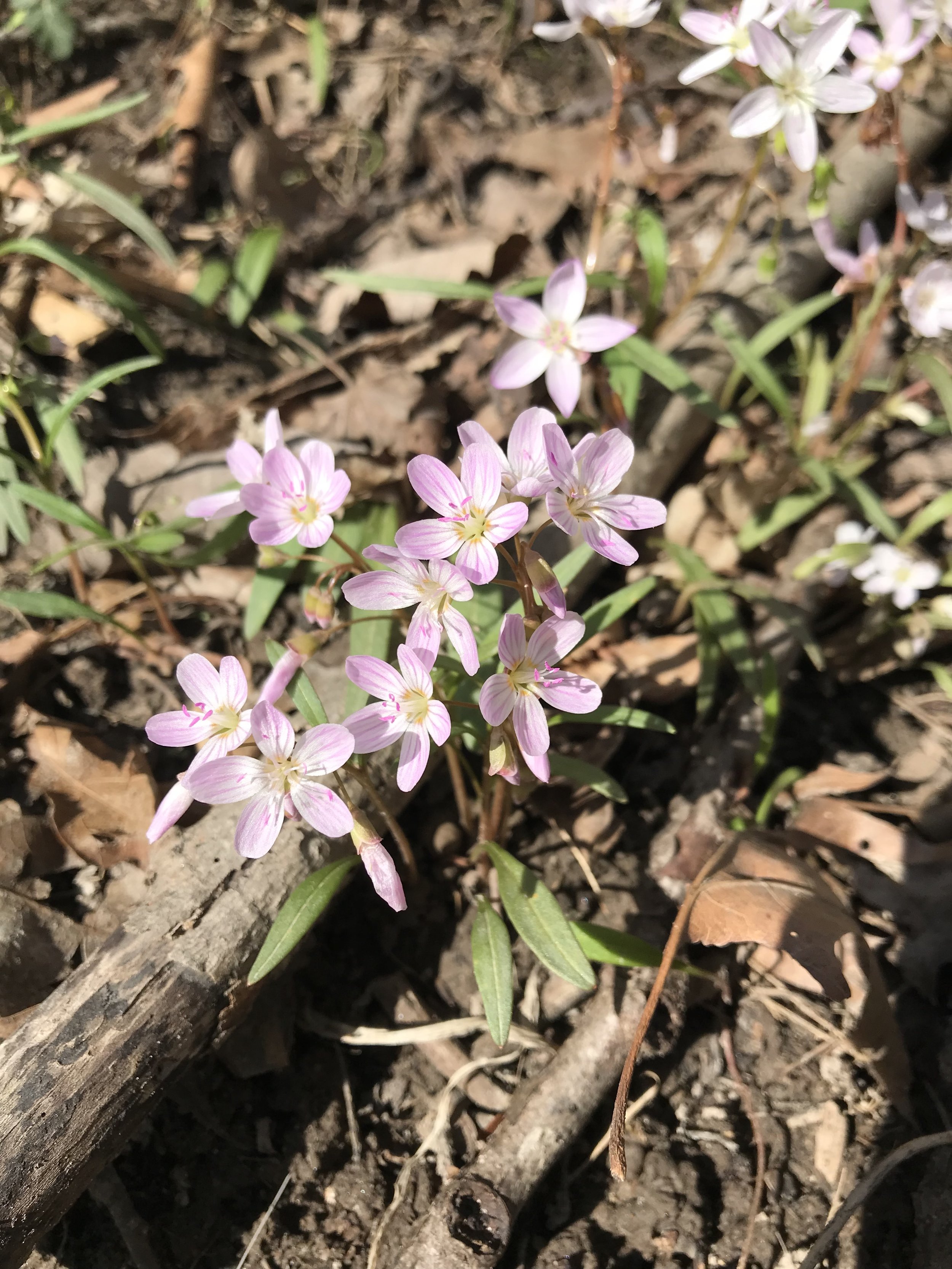 Image 8 of 12
Image 8 of 12

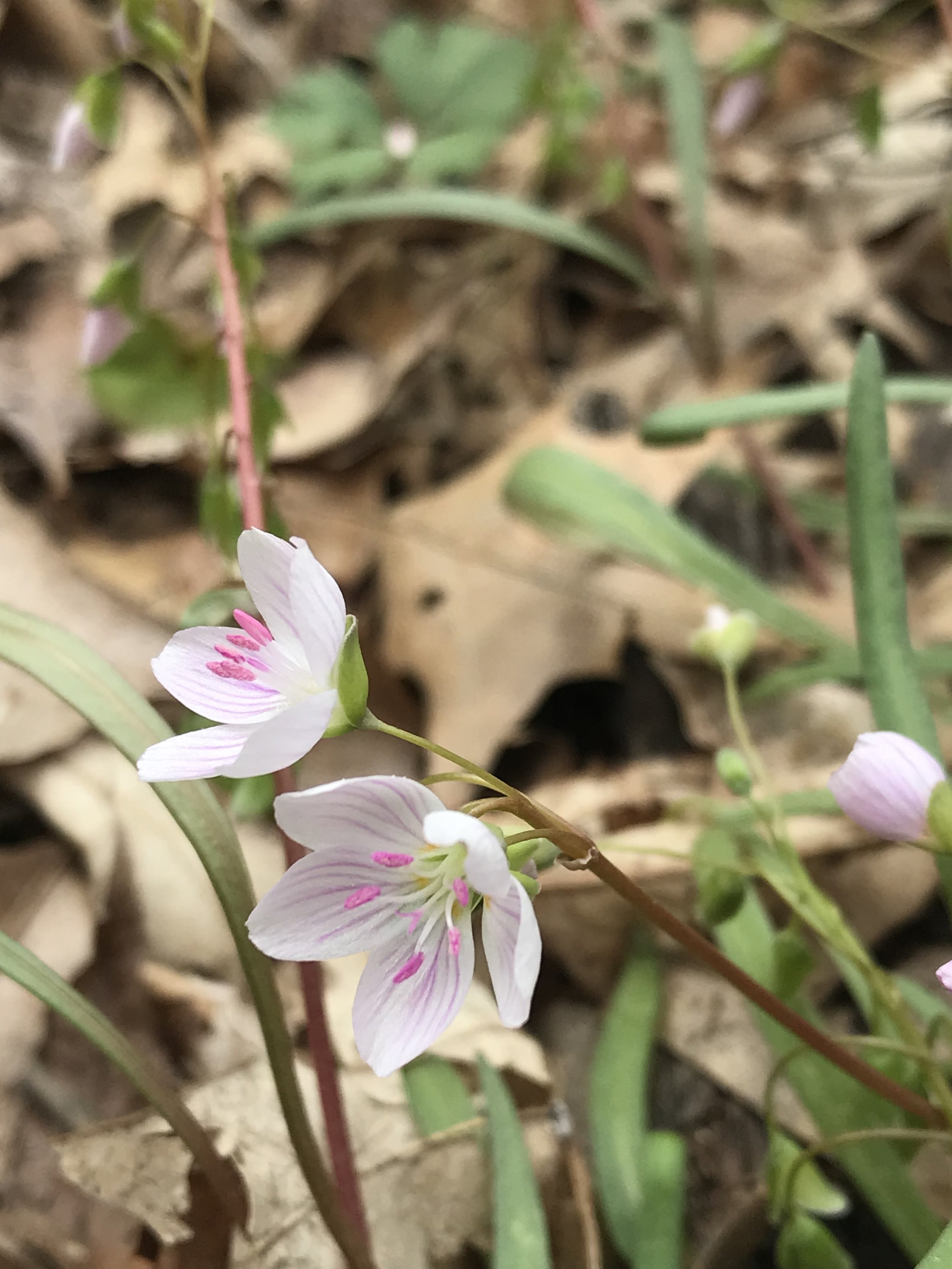 Image 9 of 12
Image 9 of 12

 Image 10 of 12
Image 10 of 12

 Image 11 of 12
Image 11 of 12

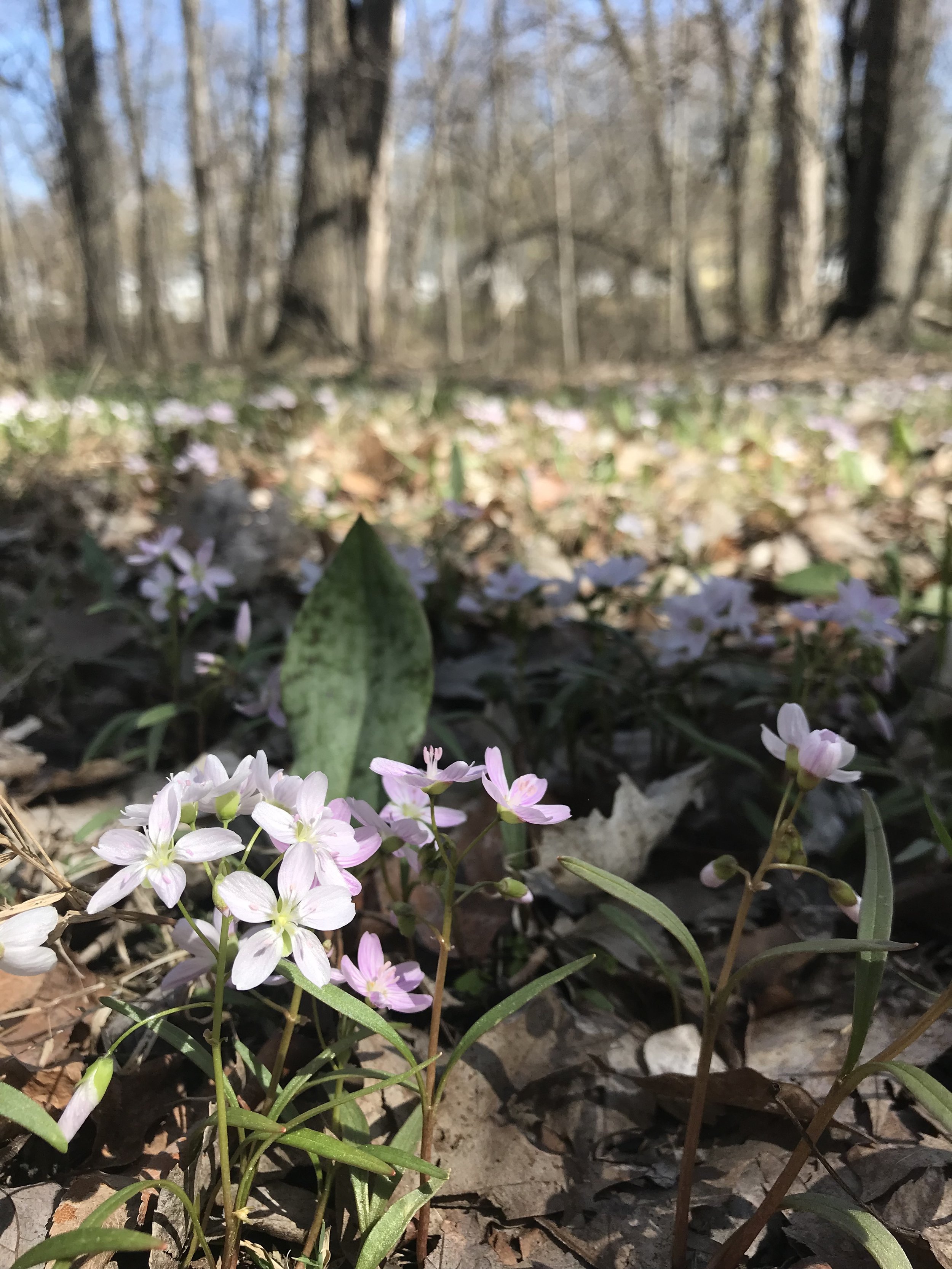 Image 12 of 12
Image 12 of 12













Virginia Spring Beauty (Claytonia virginica)
Virginia Spring Beauty is a ubiquitous spring ephemeral in deciduous forests in the lower 2/3 of the lower peninsula. Michigan also hosts another species—Carolina Spring Beauty—which occurs mostly north of Virginia Spring Beauty’s range.
As noted in several sources, this little plant is quite hardy, meaning it can withstand quite a bit of disturbance. If you find a forest floor that does not have spring beauty, it was likely too disturbed at some point, by plows etc. I can attest to this because a park close to my house has spring beauty growing 15-20 feet beyond the forest edge in the lawn which is mowed before the plants have fully set seed.
Virginia Spring Beauty has long, smooth, strap-like leaves (whereas Carolina Spring Beauty has much wider leaves). Growing up from the nearly succulant leaves is a flower stem with several flowers.
Flowers have five white petals with pink stripes. Stripes vary from pale pink to fuchsia. The overall effect produces flowers that look almost white to flowers that look dark pink. There are two large egg-shaped sepals behind the petals. There are five stamens with pollen on the anthers that vary from pale pink to bright pink and the style is parted three ways. Many plants including Spring Beauty develop the male flower parts first, followed by the female flower parts. This is to avoid self-pollination and creates a better gene pool.
Many bees and flies visit Spring Beauty. If you are able to observe bees on the flowers, you can see the pink pollen baskets! Once pollinated a seed capsule forms, protected by the two sepals. Eventually these pop open and Minnesota Wildflowers states that seeds have a covering that attracts ants. Plants die back in the summer.
Virginia Spring Beauty (Claytonia virginica)
Michigan Flora reference page for state distribution: Virginia Spring Beauty
height: 3-6”
bloomtime: April -June
soil: medium, rich
sun: dappled sun in spring, shade in summer
plant spacing: 6”
flower: pale pink to fuchsia
life cycle: perennial
family: Montiaceae (formerly Portulacaceae)
seed source: Michigan
Virginia Spring Beauty is a ubiquitous spring ephemeral in deciduous forests in the lower 2/3 of the lower peninsula. Michigan also hosts another species—Carolina Spring Beauty—which occurs mostly north of Virginia Spring Beauty’s range.
As noted in several sources, this little plant is quite hardy, meaning it can withstand quite a bit of disturbance. If you find a forest floor that does not have spring beauty, it was likely too disturbed at some point, by plows etc. I can attest to this because a park close to my house has spring beauty growing 15-20 feet beyond the forest edge in the lawn which is mowed before the plants have fully set seed.
Virginia Spring Beauty has long, smooth, strap-like leaves (whereas Carolina Spring Beauty has much wider leaves). Growing up from the nearly succulant leaves is a flower stem with several flowers.
Flowers have five white petals with pink stripes. Stripes vary from pale pink to fuchsia. The overall effect produces flowers that look almost white to flowers that look dark pink. There are two large egg-shaped sepals behind the petals. There are five stamens with pollen on the anthers that vary from pale pink to bright pink and the style is parted three ways. Many plants including Spring Beauty develop the male flower parts first, followed by the female flower parts. This is to avoid self-pollination and creates a better gene pool.
Many bees and flies visit Spring Beauty. If you are able to observe bees on the flowers, you can see the pink pollen baskets! Once pollinated a seed capsule forms, protected by the two sepals. Eventually these pop open and Minnesota Wildflowers states that seeds have a covering that attracts ants. Plants die back in the summer.
Virginia Spring Beauty (Claytonia virginica)
Michigan Flora reference page for state distribution: Virginia Spring Beauty
height: 3-6”
bloomtime: April -June
soil: medium, rich
sun: dappled sun in spring, shade in summer
plant spacing: 6”
flower: pale pink to fuchsia
life cycle: perennial
family: Montiaceae (formerly Portulacaceae)
seed source: Michigan
Spring Beauty hosts a specialist bee, Andrena erigeniae. When a bee species prefers a a specialized pollen source it is an oligolect. I’m unsure if the bee photo I have is of this specialized bee.

